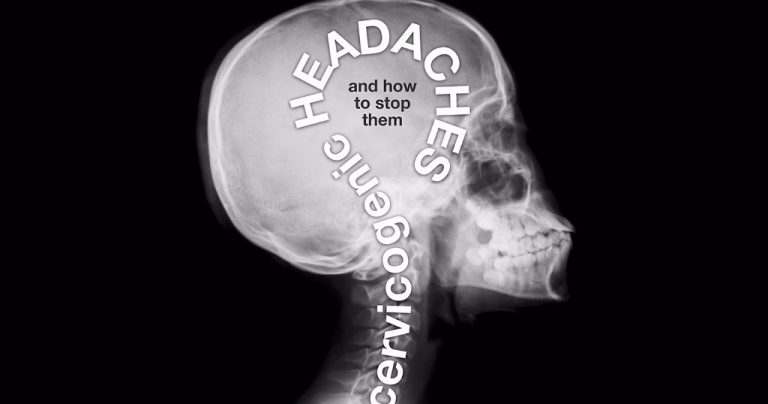
Can Physical Therapy Help with Your Headaches?
Most of us have experienced a headache at some point in time or another. When the headaches become recurrent or happen by just turning your head, what do you do? This is called a cervicogenic headache and it has the potential to originate from the musculoskeletal system. The good news is that cervicogenic headaches can be treated with physical therapy.
While it can be difficult to differentiate cervicogenic headaches from other types of headaches, there are certain things that can help distinguish the differences, such as:
- unilateral pain in the head
- certain neck movements that lead to a headache
- limited neck movement
- same-sided neck pain
Many times, pain starts in the neck before reaching the head and is often described as non-throbbing. This type of headache can be reproduced with neck movements such as turning the head towards the painful side, allowing us to identify cervicogenic headaches.
Neck pain and cervicogenic headaches have also been associated with deep neck flexor weakness. Deep neck flexors are the muscles in the front of the neck that help stabilize the neck and prevent excessive motion. When these muscles do not work, the superficial muscles take over and is forced to work harder than usual. This muscular insufficiency has been associated with neck pain and cervicogenic headaches.
How can physical therapy help?
First, a thorough examination and history need to be taken in order to ensure that the headache occurrences are due to the musculoskeletal system. Once this has been done, the physical therapist may choose to utilize a combination of techniques such as manual therapy, stretching, and therapeutic exercises.
A cranio-cervical flexion test, which assesses the strength of the deep neck flexors, may be performed in order to determine whether those muscles could be contributing to the problem. If discovered to be weak, then a strengthening program may be advised for the specific muscle group. This may be done with the assistance of a feedback pressure cuff, which measures the endurance of the deep flexor muscles and can demonstrate the over activation of the superficial muscles.
A physical therapist may also choose to use a manual technique such as an inhibitive distraction in which pressure is applied to the neck musculature that inserts into the head in order to allow the tension to decrease and alleviate the excessive tone. All treatments are patient-specific in order to address each person’s limitations and dysfunctions.
5 Exercises to Stop Frequent Headaches
The medical information contained herein is provided as an information resource only, and does not substitute professional medical advice or consultation with healthcare professionals. This information is not intended to be patient education, does not create any patient-provider relationship, and should not be used as a substitute for professional diagnosis, treatment or medical advice. Please consult with your healthcare provider before making any healthcare decisions or for guidance about a specific medical condition. If you think you have a medical emergency, call your doctor or 911 immediately. IvyRehab Network, Inc. disclaims any and all responsibility, and shall have no liability, for any damages, loss, injury or liability whatsoever suffered as a result of your reliance on the information contained herein.